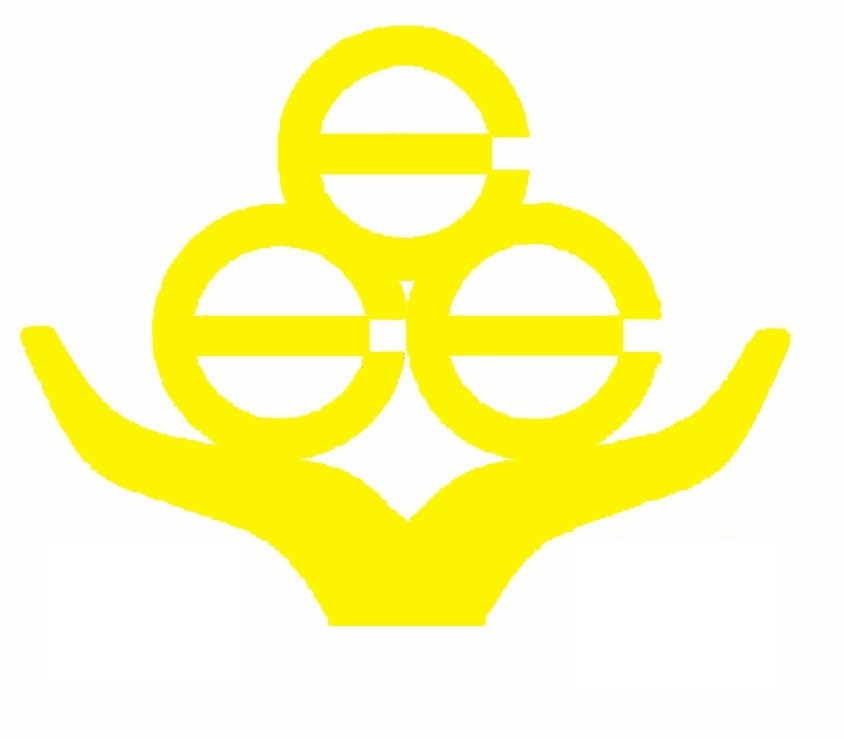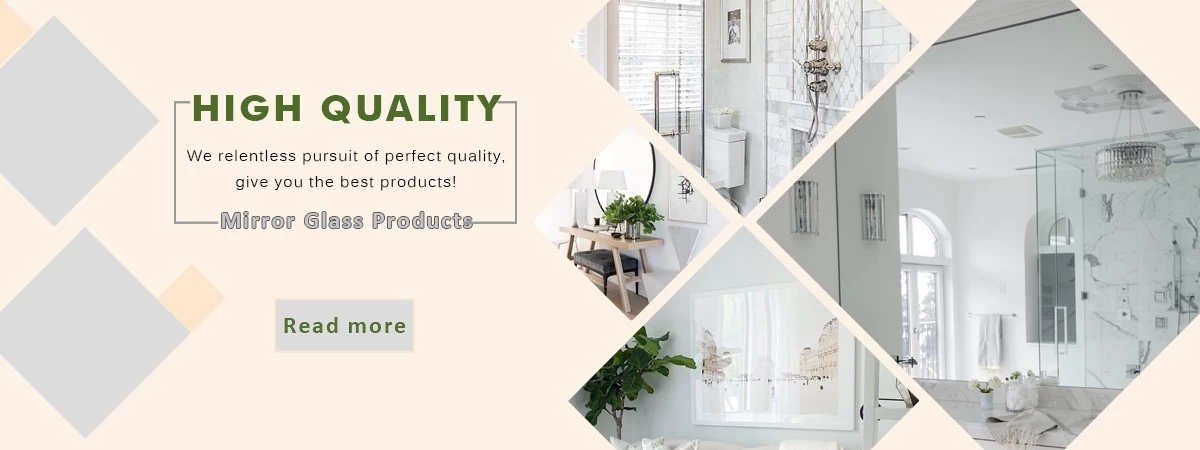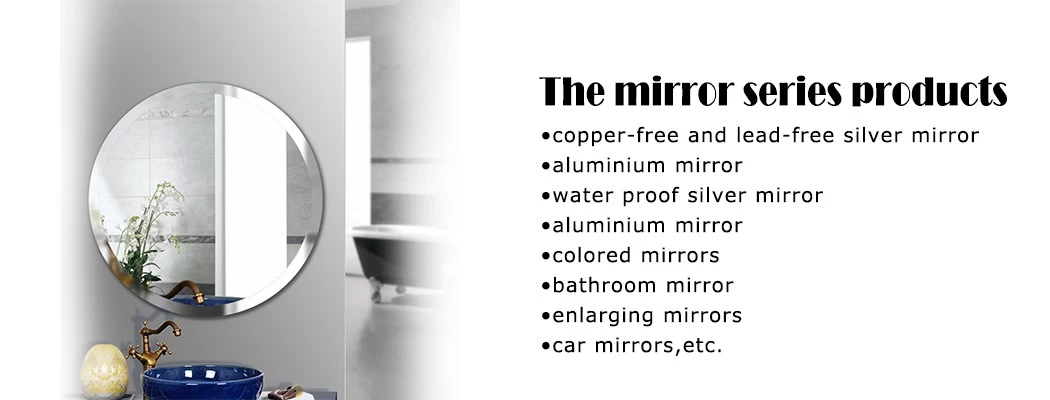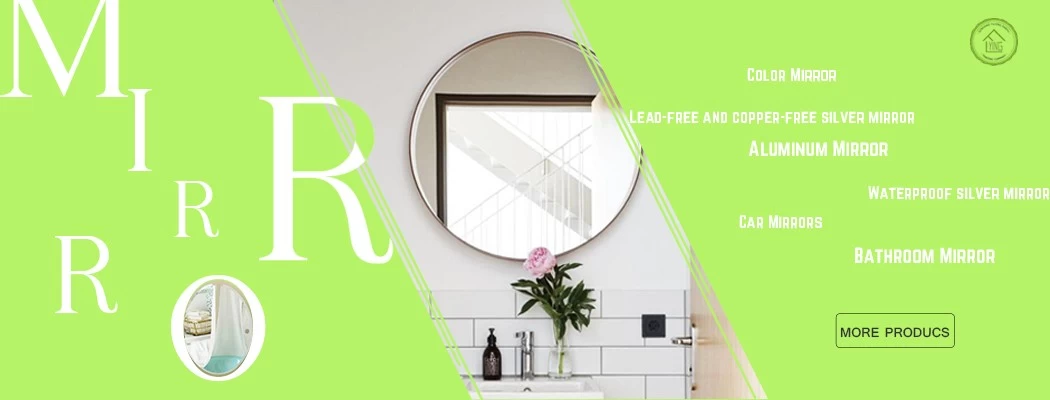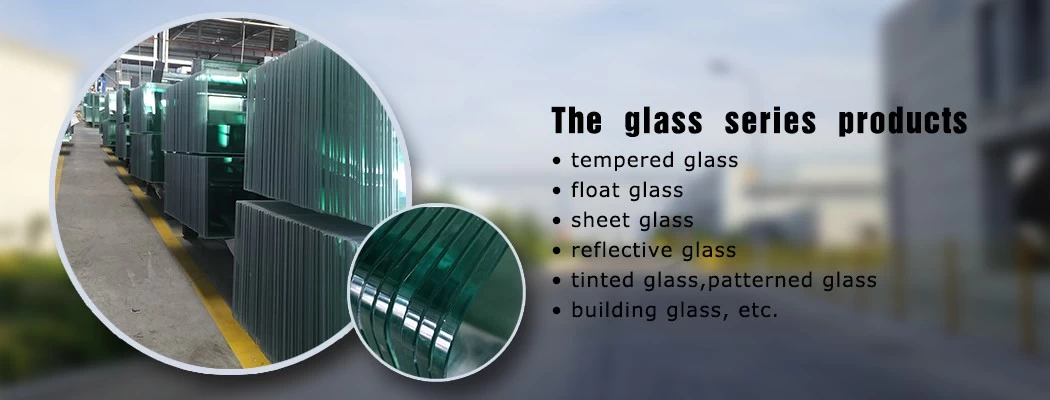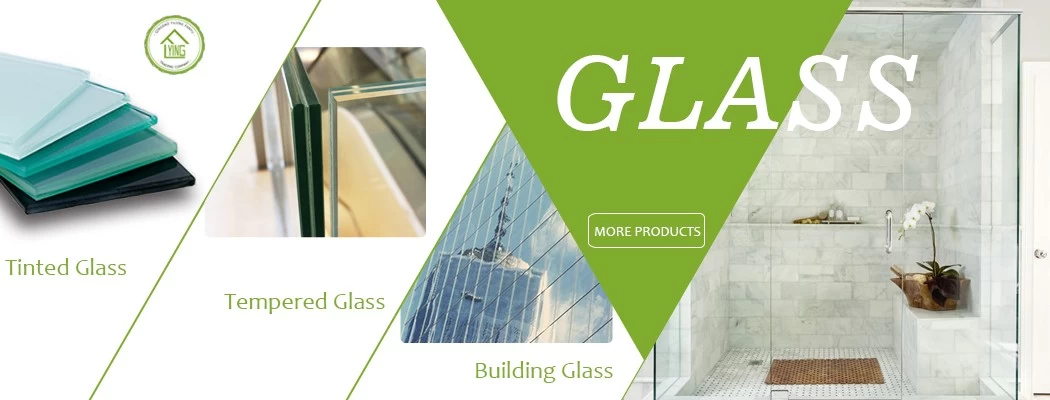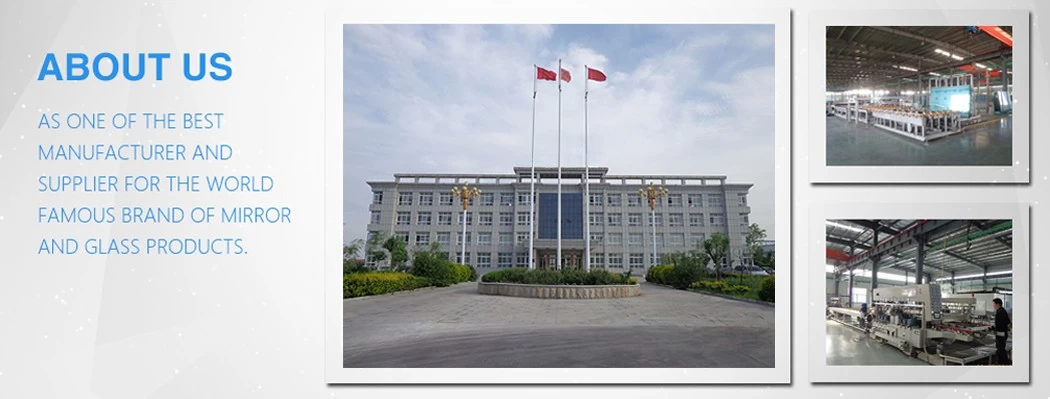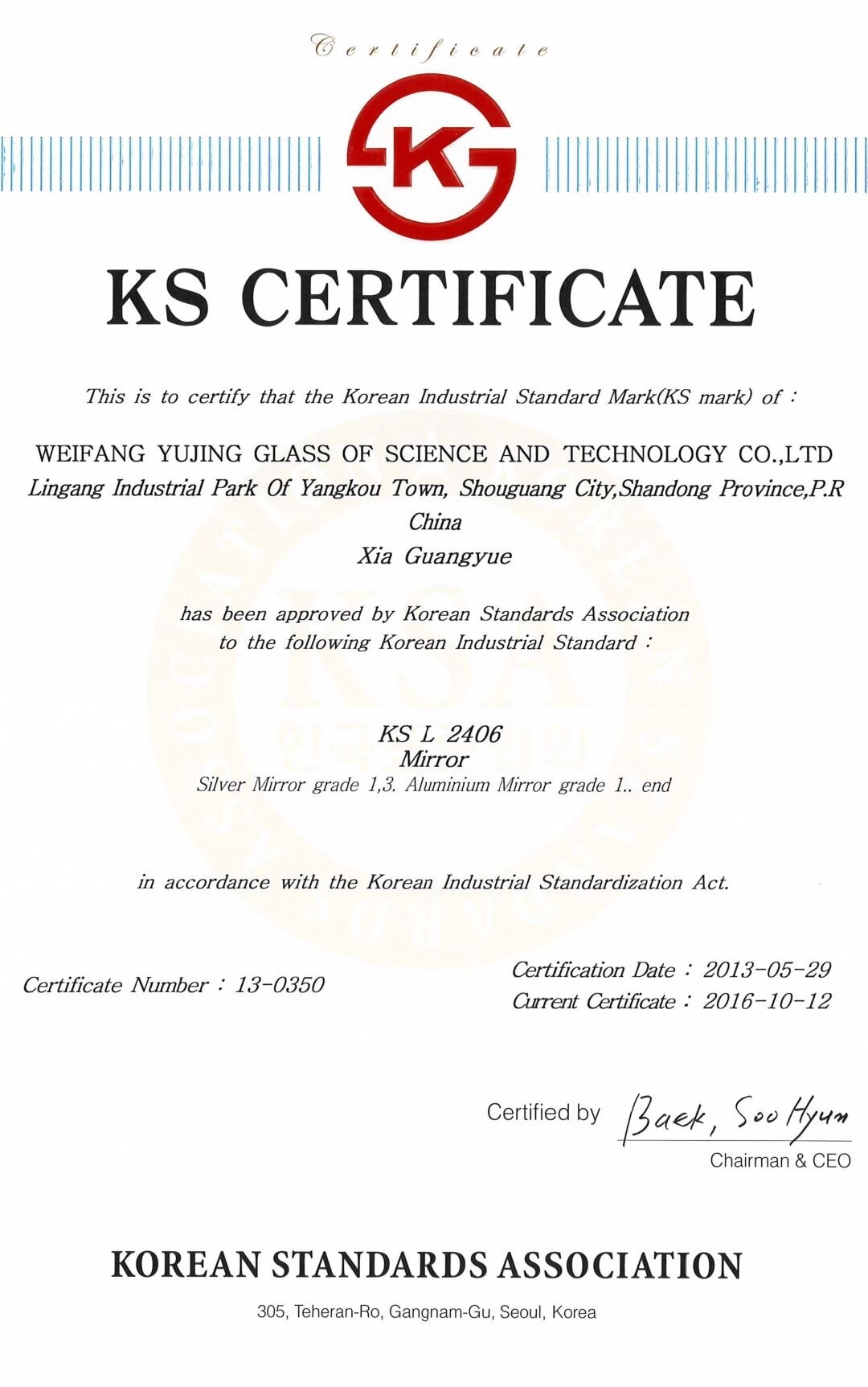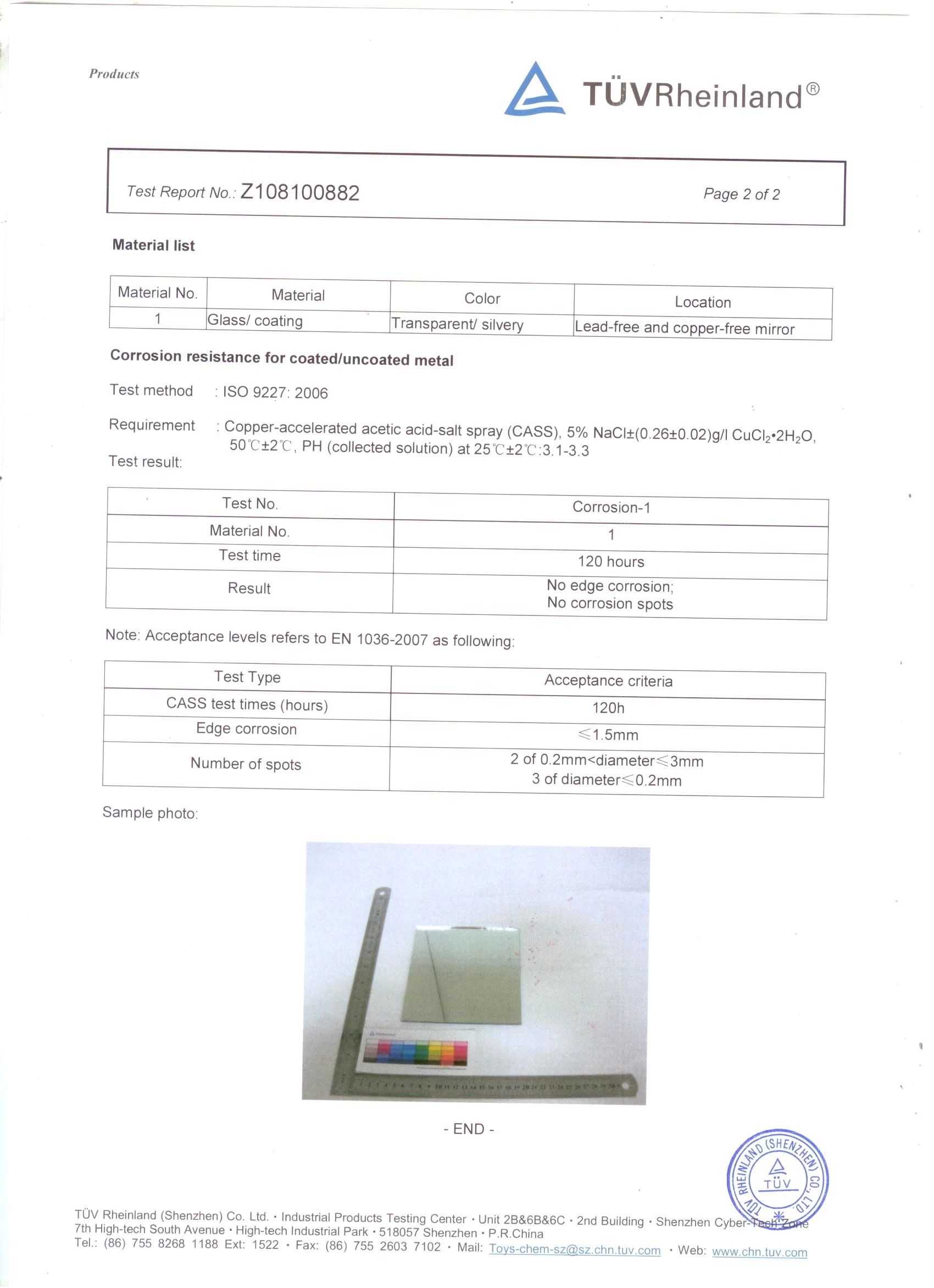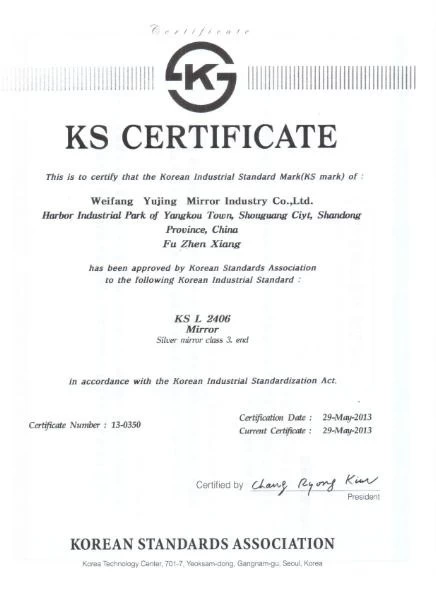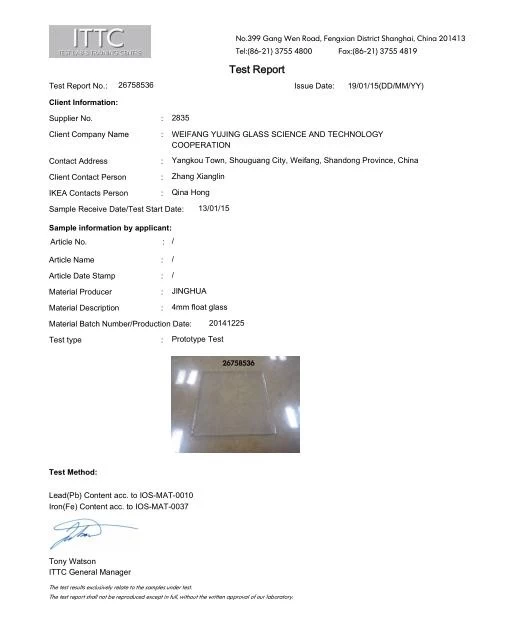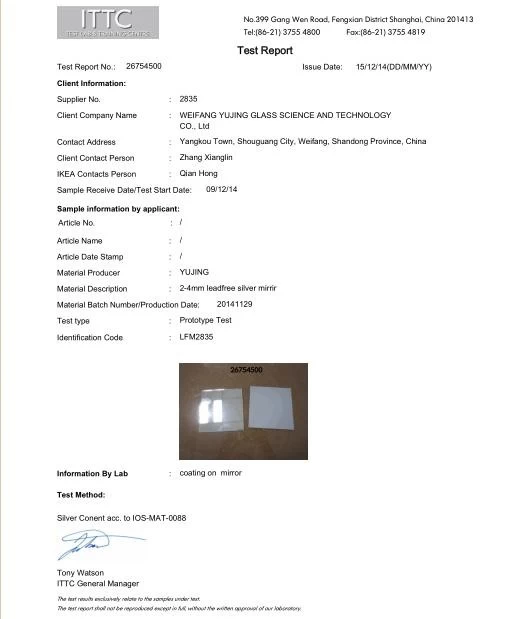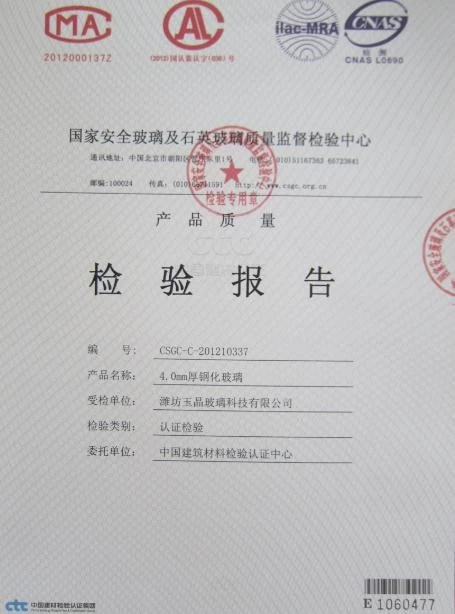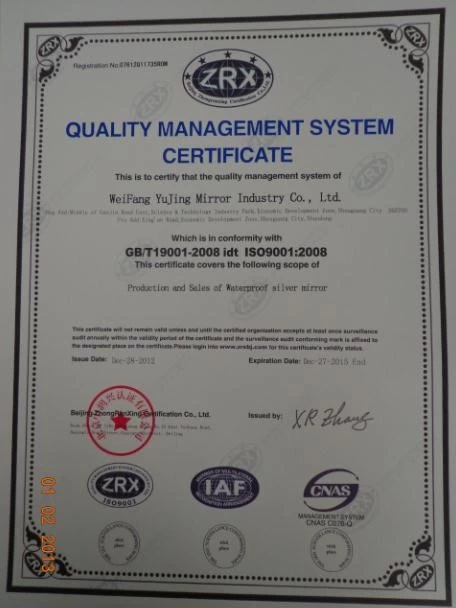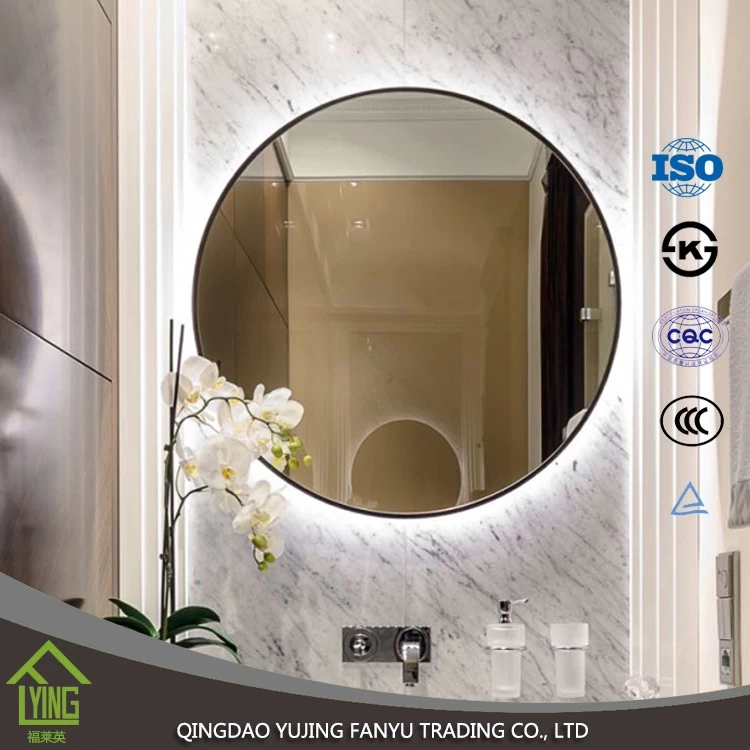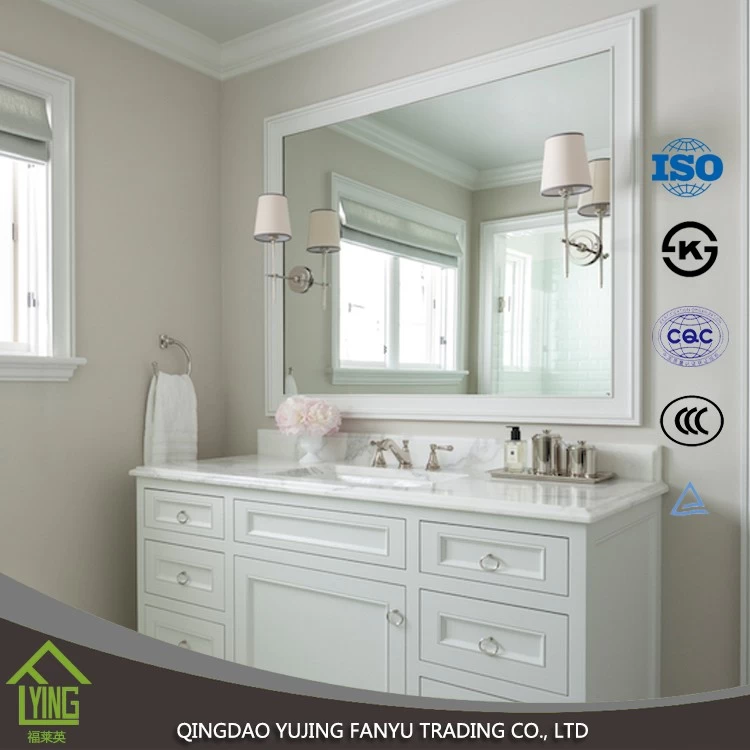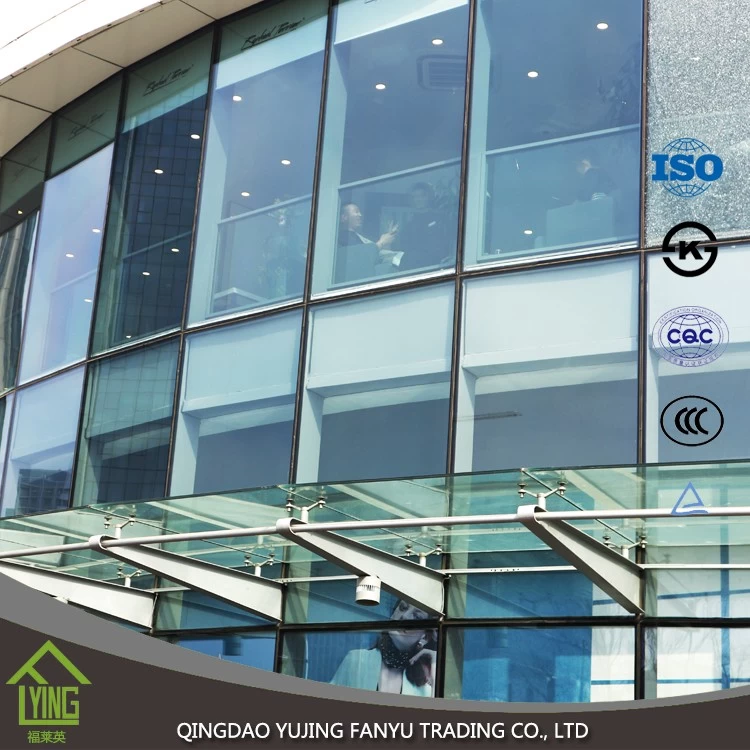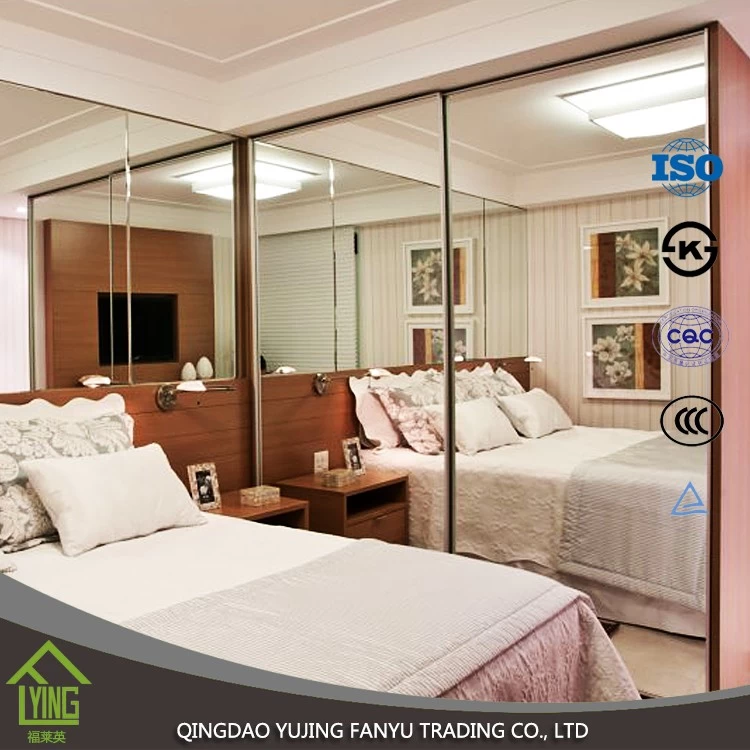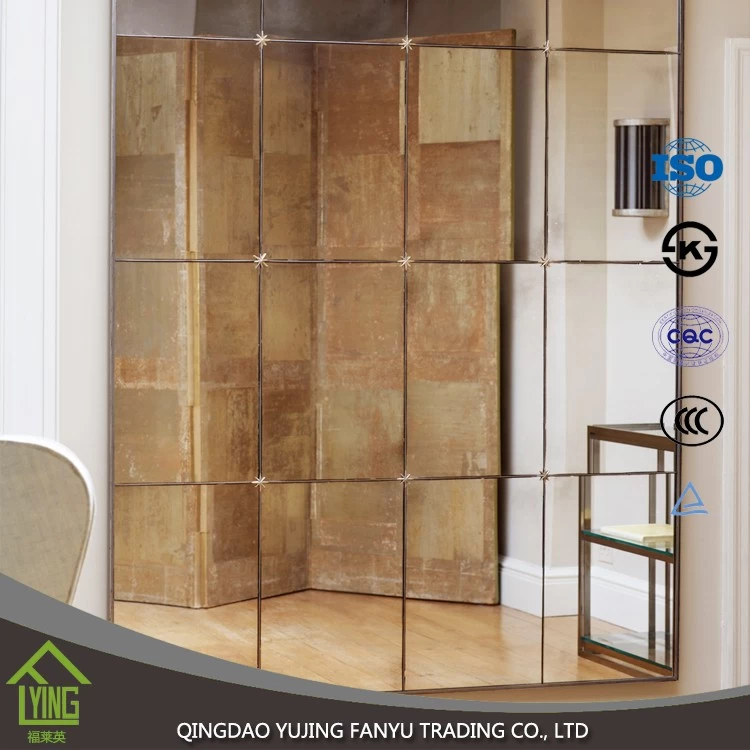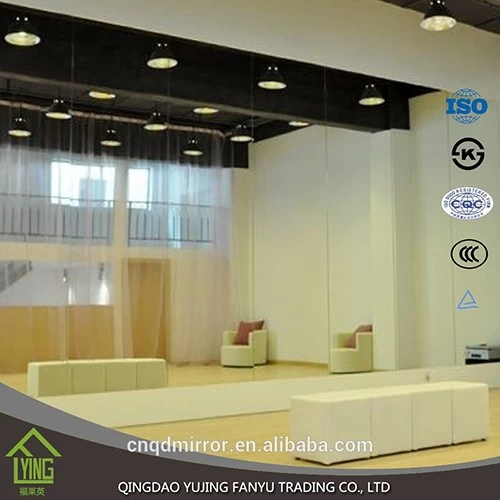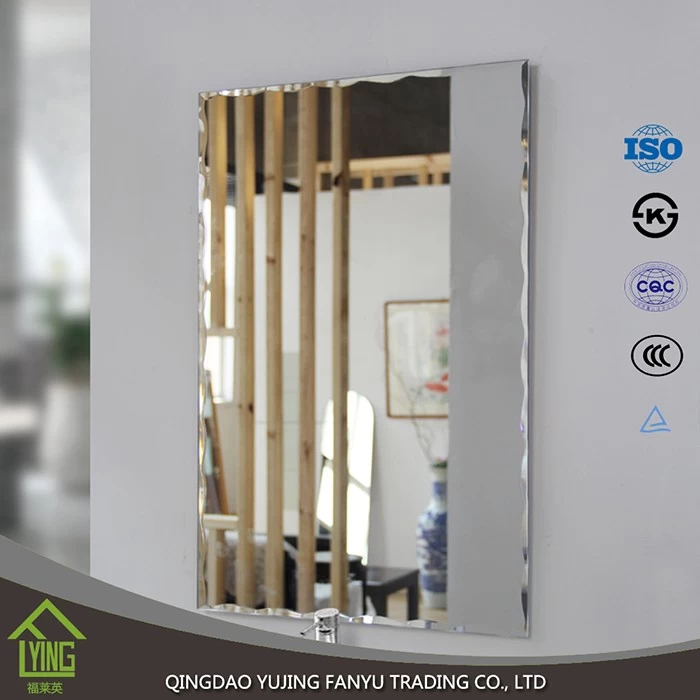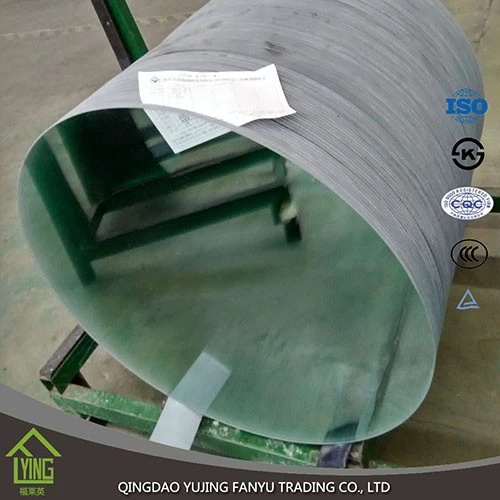Advantages and disadvantages of glass surface treatment
Fanyu
Www.glass.com.cn
2019-02-13 15:18:22
Advantages of glass surface treatment:
1. Improve the physical and chemical properties of the glass, such as surface coatings to increase the strength and chemical stability of the glass.
2. Obtaining the characteristics that the glass substrate cannot have, such as the magneto-optical disk which can be used for information recording after the TbFeCo magneto-optical film is coated on the glass substrate, and after the glass-shielded grating film, the rainbow effect can be produced by the light irradiation.
3. Different surface treatment methods can be used for the same glass substrate to obtain different properties and functions. If the float glass is used as the substrate, chemical frosting can be used to form a translucent matte surface. After the hot reflective film is coated, it can reflect 67% of the solar energy and provide a shading effect. After the color film is attached, the color of the glass can be changed in different directions of light or in different directions of the electric field.
4. Low consumption of raw materials, low pollution and low price. Taking color glaze as an example, there are many colorants required for the overall coloring of the glass, and the coloring agent often volatilizes when melting, polluting the environment. The amount of surface colorant is small and the cost is low. Another example is ion implantation, which uses few target materials. The injection process is basically non-polluting to the environment and meets the requirements of sustainable development. The equipment is simple and the added value of the product is high. For example, ice glass,plate glassFor the original film, it can be processed with simple equipment, and the price is much higher than that of the flat glass.
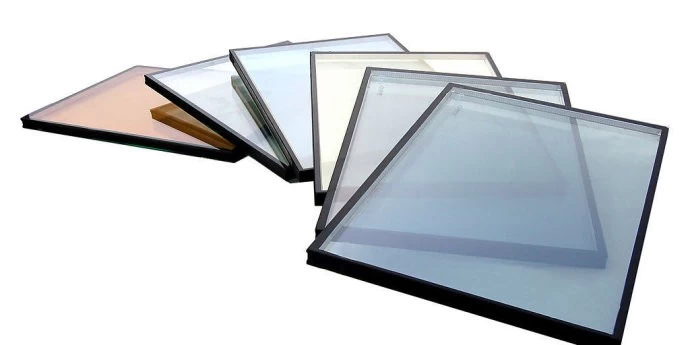
Disadvantages of surface treatment:
1. The surface treatment effect has certain limitations. For example, the surface diffusion coloring is easy to obtain yellow, brown, and red, but it is difficult to obtain various colors such as blue and green. The color of the color is not as bright as the whole; and, like hot tempered glass, Mechanical processing such as re-cutting cannot be performed, and automatic explosion sometimes occurs.
2. The depth of the surface treatment layer is limited. The ion exchange layer is from several tens of micrometers to several hundred micrometers, and the ion implantation depth is about several hundred nanometers. If these thin layers are peeled off or worn, the surface treatment effect is affected.
3, some surface films and coatings are not wear-resistant, susceptible to erosion, and often peel off and fall off.
1. Improve the physical and chemical properties of the glass, such as surface coatings to increase the strength and chemical stability of the glass.
2. Obtaining the characteristics that the glass substrate cannot have, such as the magneto-optical disk which can be used for information recording after the TbFeCo magneto-optical film is coated on the glass substrate, and after the glass-shielded grating film, the rainbow effect can be produced by the light irradiation.
3. Different surface treatment methods can be used for the same glass substrate to obtain different properties and functions. If the float glass is used as the substrate, chemical frosting can be used to form a translucent matte surface. After the hot reflective film is coated, it can reflect 67% of the solar energy and provide a shading effect. After the color film is attached, the color of the glass can be changed in different directions of light or in different directions of the electric field.
4. Low consumption of raw materials, low pollution and low price. Taking color glaze as an example, there are many colorants required for the overall coloring of the glass, and the coloring agent often volatilizes when melting, polluting the environment. The amount of surface colorant is small and the cost is low. Another example is ion implantation, which uses few target materials. The injection process is basically non-polluting to the environment and meets the requirements of sustainable development. The equipment is simple and the added value of the product is high. For example, ice glass,plate glassFor the original film, it can be processed with simple equipment, and the price is much higher than that of the flat glass.

Disadvantages of surface treatment:
1. The surface treatment effect has certain limitations. For example, the surface diffusion coloring is easy to obtain yellow, brown, and red, but it is difficult to obtain various colors such as blue and green. The color of the color is not as bright as the whole; and, like hot tempered glass, Mechanical processing such as re-cutting cannot be performed, and automatic explosion sometimes occurs.
2. The depth of the surface treatment layer is limited. The ion exchange layer is from several tens of micrometers to several hundred micrometers, and the ion implantation depth is about several hundred nanometers. If these thin layers are peeled off or worn, the surface treatment effect is affected.
3, some surface films and coatings are not wear-resistant, susceptible to erosion, and often peel off and fall off.
